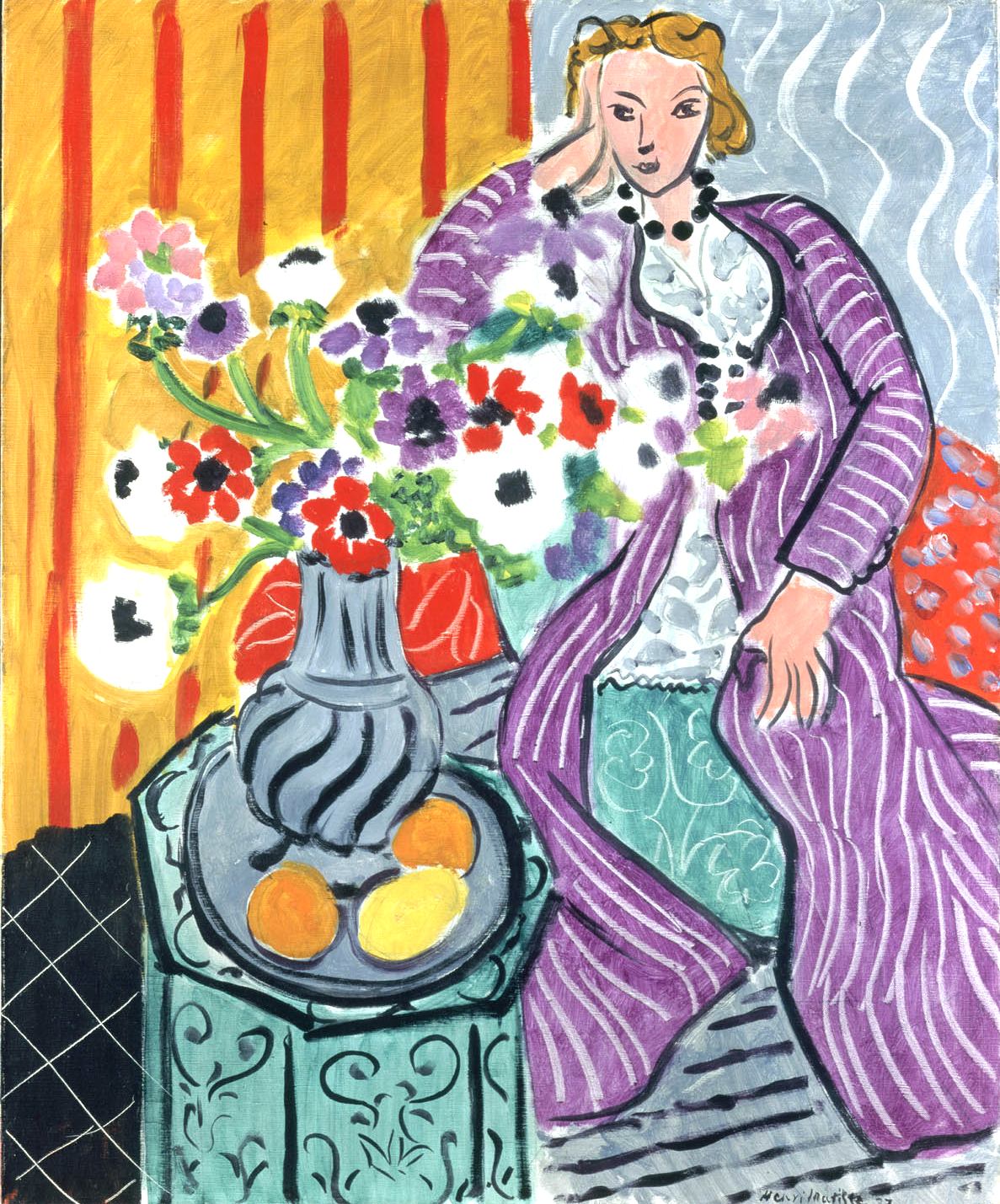Exploring The Vibrant World Of Artist Matisse
Henri Matisse, a name synonymous with color and innovation, revolutionized the art world with his unique approach to painting and design. His works are not just mere representations; they are emotional experiences that draw viewers into a world filled with vivid hues and dynamic forms. Matisse was a central figure in the Fauvism movement, which emphasized bold colors and brushwork over realistic representation, allowing him to express his artistic vision in ways that had never been seen before.
Born in the late 19th century, Matisse's journey as an artist began in a rather conventional manner, but his passion for art would eventually lead him to become one of the most influential figures in modern art. His ability to blend traditional techniques with modern ideas set the stage for future generations of artists, making him a pivotal character in the evolution of contemporary art. Today, Matisse's legacy continues to inspire artists and art lovers alike, as they explore the themes of beauty, color, and emotional depth that define his work.
Throughout his career, Matisse experimented with various forms of art, including painting, sculpture, and collage. His fearless approach to subject matter and technique has solidified his place in art history, and his works are celebrated in galleries and museums around the globe. In this article, we will delve deeper into the life of the artist Matisse, exploring his biography, artistic style, and the lasting impact he has made on the art world.
What Was the Early Life of Artist Matisse Like?
Henri Matisse was born on December 31, 1869, in Le Cateau-Cambrésis, France. He was the son of a grain merchant, and his early life was relatively sheltered. Matisse initially studied law and worked as a clerk before discovering his passion for painting. In 1891, he moved to Paris to pursue his artistic endeavors, where he encountered a vibrant community of artists that would shape his career.
What Influenced Matisse's Artistic Development?
Matisse's artistic journey was greatly influenced by his exposure to various art styles and movements. The Impressionists, with their focus on light and color, had a profound impact on him. Additionally, his travels to North Africa, where he was captivated by the vibrant colors and patterns of the local culture, further enriched his artistic repertoire. Matisse's ability to absorb and reinterpret these influences led to the creation of his distinct style.
What Are Some of Matisse's Most Iconic Works?
Throughout his career, the artist Matisse produced numerous iconic works that showcase his mastery of color and form. Some of his most notable pieces include:
- The Dance (1910) - A celebration of movement and color, this painting features a group of figures dancing in a vibrant landscape.
- The Woman with a Hat (1905) - A portrait of Matisse's wife, this work exemplifies the bold use of color characteristic of Fauvism.
- Blue Nude (1907) - This piece showcases Matisse's interest in the human form and his innovative approach to color and composition.
- The Snail (1953) - A later work, this collage demonstrates Matisse's exploration of cut paper and color, blending elements of abstraction and representation.
How Did Matisse Contribute to the Fauvism Movement?
Fauvism, a movement that emerged in the early 20th century, was characterized by its use of vivid colors and brushwork. Matisse, along with fellow artist André Derain, was a leading figure in this movement. He believed that color could convey emotion and meaning, a concept that was revolutionary at the time. Matisse's work as a Fauvist emphasized the emotional power of color, allowing him to break away from traditional artistic constraints.
What Were Matisse's Later Years Like?
In his later years, Matisse faced health challenges, including a battle with cancer that left him confined to a wheelchair. Despite these difficulties, he continued to create art, finding new ways to express himself through cut paper collages. This technique allowed him to explore color and form in ways that were both innovative and accessible. Matisse's later works reflect a sense of freedom and playfulness, showcasing his unwavering commitment to art even in the face of adversity.
What Is Matisse's Lasting Legacy in the Art World?
The impact of the artist Matisse on the art world is immeasurable. He not only paved the way for future movements, such as Abstract Expressionism, but also inspired countless artists to embrace color and form in their work. Matisse's ability to convey emotion through his art has left a lasting impression on audiences and artists alike, solidifying his place as one of the most important figures in modern art history.
Personal Details and Bio Data of Artist Matisse
| Detail | Information |
|---|---|
| Name: | Henri Matisse |
| Birth Date: | December 31, 1869 |
| Birth Place: | Le Cateau-Cambrésis, France |
| Death Date: | November 3, 1954 |
| Art Movements: | Fauvism, Modernism |
| Notable Works: | The Dance, The Woman with a Hat, Blue Nude, The Snail |
| Mediums: | Painting, Sculpture, Collage |
In conclusion, the artist Matisse's journey through the world of art is a testament to creativity, resilience, and innovation. His commitment to exploring color and form has transformed the art landscape, leaving behind a legacy that continues to inspire artists and art enthusiasts worldwide. By examining his life and works, we gain a deeper appreciation for the emotional depth and vibrant beauty that define Matisse's contributions to the art world.
Unveiling The Truth Behind Bobbi Divorce: A Journey Through Heartbreak
Exploring The Life And Legacy Of Marlowe
The Iconic 1960s Blazer: A Timeless Fashion Statement


